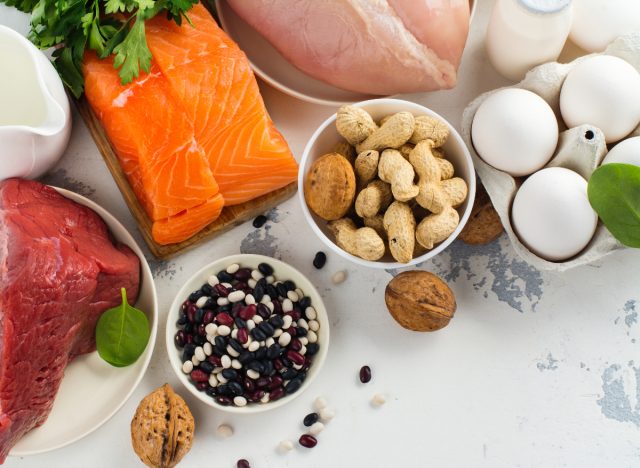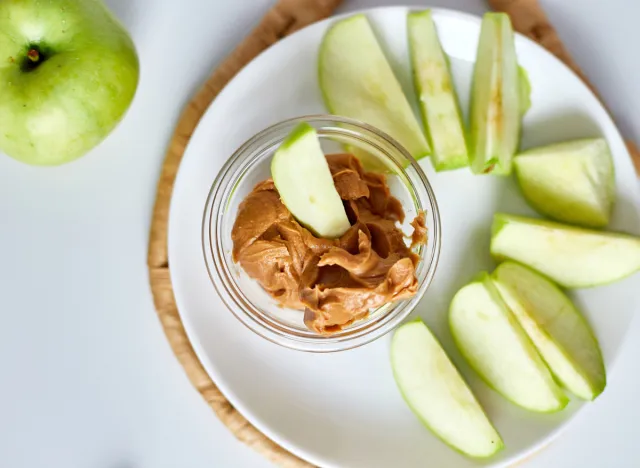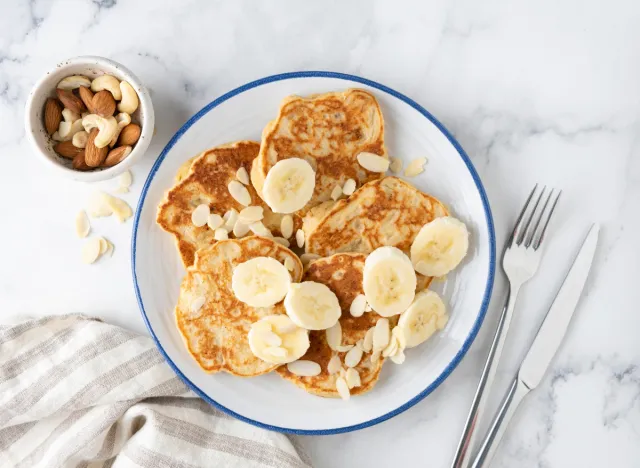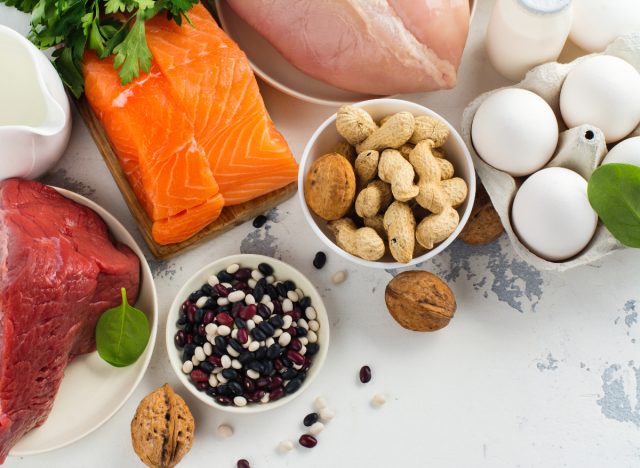If you’re looking to pack on muscle, you likely already know that your diet plays a crucial role in achieving your goals. While countless eating habits and strategies are touted as the “best” for building muscle, one stands out above the rest. This particular eating habit can make or break your muscle-building efforts, yet it’s often overlooked.
Understanding and implementing this key eating habit could be the game-changer you’ve been searching for in your journey toward stronger, bigger muscles.
Consuming protein is the best eating habit for muscle growth.


When it comes to sculpting muscle, one eating habit stands out among the rest: consuming sufficient protein. Protein is essential for repairing and growing muscles, making it a crucial element of any muscle-building diet.
So, whether you’re a seasoned gym-goer or just starting out, understanding the significance of protein and how to include it in your regular meal rotation can greatly impact your end game. This article explores why protein is critical for muscle growth, how much you should eat, and offers tips for incorporating it into your diet.
Why protein is important for building muscle:


When you engage in strength training or other forms of exercise, you create micro-tears in your muscle fibers. Protein provides the essential amino acids needed to repair these tears, leading to muscle growth and strength gains over time.
Additionally, protein is crucial for maintaining muscle mass, especially during periods of weight loss. Consuming enough protein helps preserve lean muscle mass while losing fat, which can improve body composition and enhance your overall athletic performance.
See also 5 Workouts To Do Regularly in Your 70s
Moreover, protein is a satiating nutrient that helps you feel fuller for longer. This can be beneficial for controlling your appetite and calorie intake, which is important for building muscle and achieving a healthy weight.
So how much do you need? Most experts recommend consuming about 1.2 grams of protein for every kg of your body weight. For instance, if you weigh 150 lbs (or 68.2 kg), you should aim to eat around 82 grams of protein per day.
How to add more protein to your diet:
Adding more protein to your diet doesn’t have to be bland or boring—there are plenty of tasty and creative ways to pump up your protein intake!
1. Start your day off right.


Kick off your morning with protein-packed breakfast options like scrambled eggs, Greek yogurt parfaits with nuts and berries, or protein-rich smoothies made with whey or plant-based protein powder.
2. Snack smart.
Swap out carb-heavy snacks for protein-rich alternatives like nuts, seeds, Greek yogurt, cottage cheese, or protein bars. These snacks will keep you feeling fuller for longer and help curb those mid-afternoon cravings.
3. Bulk up your meals.


Add lean protein sources to your main meals, such as grilled chicken breast, turkey, fish, tofu, tempeh, or beans. Incorporate them into salads, stir-fries, wraps, or grain bowls for a satisfying and nutritious boost.
4. Power-pack your pasta.
Choose whole-grain or legume-based pasta options to increase the protein content of your pasta dishes. Pair them with lean protein sources like grilled shrimp, chicken, or turkey meatballs for a delicious and filling meal.
5. Elevate your snacks.


Upgrade your snacks by adding protein-rich toppings to crackers, rice cakes, or veggies. Think hummus, nut butter, cottage cheese, or slices of hard-boiled egg for an extra punch of protein and flavor.
See also 5 Best Free-Weight Workouts to Sculpt an Hourglass Figure
6. Sip on protein.
Don’t forget about liquid sources of protein like milk, soy milk, almond milk, or protein shakes. Enjoy them as standalone beverages, or use them as a smoothie base to boost your protein intake without feeling weighed down.
7. Get creative with cooking.


Experiment with protein-rich ingredients in your cooking and baking endeavors. Try using chickpea flour in pancakes or baking with almond flour for an added protein punch to your favorite treats.
Remember, variety is key! Mix and match different protein sources throughout your day to ensure you get a balanced and delicious dose of this muscle-building nutrient.











